This post may contain affiliate links Read the disclosure policy here.
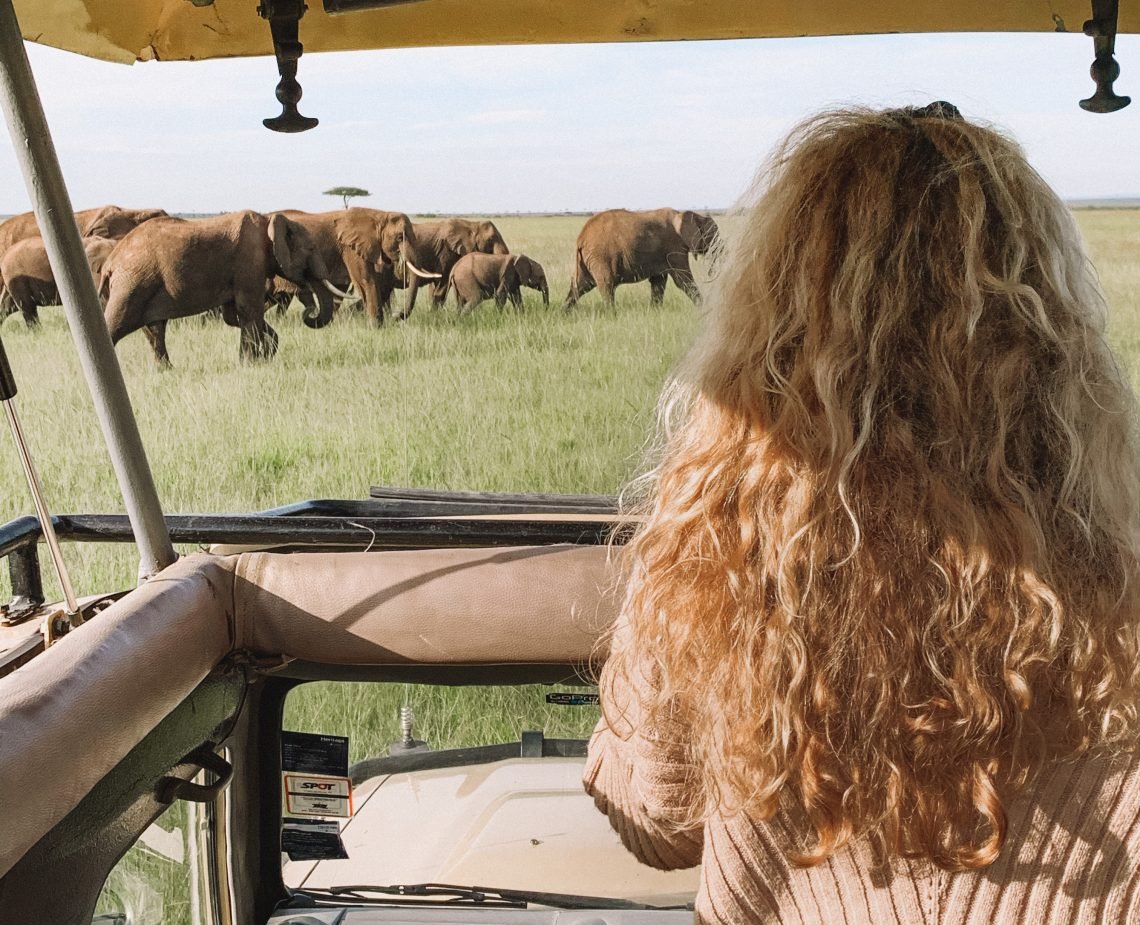
Suitcase for safari. All you need to bring.
When I knew we were going on safari one of the first things that came to mind was: What I put in the suitcase now?. I imagine if you finish reading this post is probably why you too you're wondering what to put in your suitcase for a safari.
When you are going to live an adventure like this, in the middle of nature, My best advice is to look at all the convenience and usefulness of what you put in your suitcase. Think that you are going to spend many hours inside the jeep, and that although sometimes we think that it is a very luxurious trip, etiquette on safaris is generally informal (even in the accommodation).
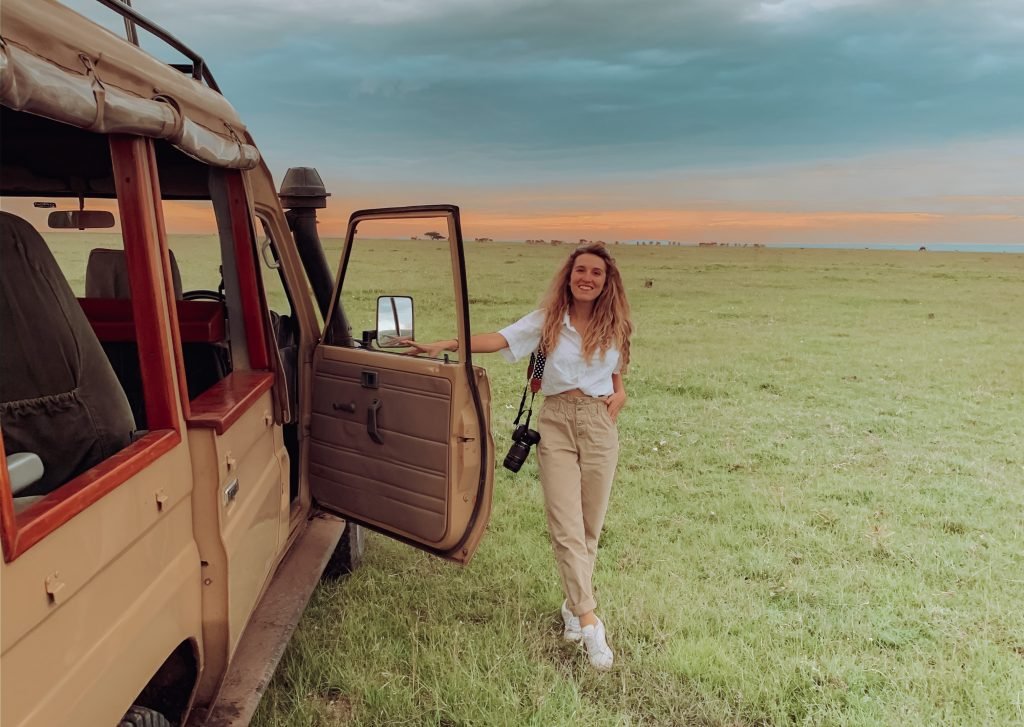

Index
What to expect from a safari?
Usually, most departures will be first thing in the morning (about the 5-6 am), returning to breakfast at the camp on the 10-11 am to enjoy a hearty breakfast. The rest of the day is usually free to enjoy the common areas of your accommodation (swimming pool, lounge, hippo observatory ...) the for you to rest. In the afternoon the departure is usually around 4 pm, returning to camp generally around 7 pm or after sunset.
Departures are always made at first thing in the morning and in the afternoon since this is when it is easiest to see the animals in their natural habitat, since when it is less hot they are more active and so you can see how they hunt, they play, eat or bathe ...
Interesting data:
- In Africa they refer to "safaris" as "game drives", referring to the exits in Jeep through the Savannah in search of animals.
- Games drives:
-Of tomorrow: it is usually quite cold at the time they start, So I recommend that you wear several layers of clothing that you can easily take off as the morning progresses and the temperatures rise. You will return to the camp or hotel before the temperatures are high, in time for breakfast and rest.
There will usually be blankets in your Jeep so you can jump over when you need it.
-Of late: you will start when it is still hot, however expect the temperatures to drop quickly, especially around sunset. Most last 2-3 hours and sometimes, depending on the company with which you have contracted it, They will include sunset drinks in the middle of nature before returning to the hotel.
I therefore advise you, Al prepares the suitcase for the safari, take into account temperature changes. Remember that during the cold season (June to August) the lowest temperatures are around 5 º.
further, it is advisable to take into account that dark colors (especially blue) tend to attract the attention of unwanted insects. I recommend that you choose clothes in natural colors such as khaki., The brown, beige and olive green during the day. At night, the color of the clothes is not important.
From dusk to dawn, I recommend that you protect yourself from mosquitoes with the use of pants and long-sleeved shirts or shirts., socks and sneakers or boots (whenever possible), in addition to using insect repellent.
Note: we went on safari to the Masai Mara reserve, and Kenya, in January, and although there were mosquitoes they were much less than I expected. So we encourage ourselves to go with shorts on some occasions, yes, always well smeared with the anti mosquito lotion.


Essential products to take on safari:
Some of the things that are essential for me when packing a suitcase for a safari:
1. Hat: put one or two in your suitcase and make sure they are not made of a very fat material so as not to spend so much heat on the head.
2. Sunglasses: They will serve you not only to protect your eyes from the sun but also from dust during safaris.
3. Handkerchief, It will come in handy to protect you from the cold or wind when you go in the Jeep, or when you are taking a walk at night and the temperatures are lower.
4. Mosquito repellent. Put several in the suitcase to prevent mosquito bites and possible contagion of diseases such as malaria. Make sure they contain at least 30% DEET and follow the manufacturer's instructions for use. We also wear repellent bracelets with citronella on the wrist and ankle. Depending on the time of year you travel there will be more or less mosquitoes. It is always important to inform yourself well before traveling at your international vaccination center.

5. Bikini / swimsuit: I never travel without carrying one in my suitcase. Most likely, your accommodation has a swimming pool and you will appreciate being able to use it when the sun begins to beat stronger.
6. Ear plugs. Yes, I am a very light sleeper but I can assure you that even if you are not if your accommodation is near a river or lake, you will hear many animal noises at night, especially screaming hippos while playing or fighting.

What clothes do I wear on safari?
My advice is that you try to take the essentials and clothes that you can combine between them during the different days of safari. In this way your suitcase will be lighter and you will avoid carrying unnecessary things. Here is a list of what I took with me (and would take again) al safari.
Top parts
1. Tops: 2 – 3 that are easy to combine, easy on and off and light colors. Remember the importance of wearing several layers so as not to get cold or hot. If you are cold, my advice is to wear a thermal tank top to use as a first layer when dressing.
2. A pair of shirts or long sleeve blouses: In addition to protecting you from the cold, they will protect you from the sun and mosquitoes.
3. Jacket with pockets: so you can save your mobile, camera lenses, binoculars, etc; and have quick access to the most important when you meet an animal.
4. Cowboy shirt (optional).
5. Sweatshirt with a zipper: comfortable, easy to put on and take off and super warm!
Bottom parts
6. A pair of comfortable pants: You will spend a lot of time sitting, so make sure you choose a somewhat stretchy pant style.
7. Some Shorts: wide and breathable material.
8. A mono: (if you are a woman) You never fail with a pretty monkey, especially if you choose one with short sleeves, safari style.
Footwear
9. Boots: If you only want to wear one type of footwear then choose boots. A comfortable pair will be the best idea to be able to walk through virgin terrain without getting scared..

10. Flip flops: for shower and pool.
11. Closed slippers. I wore them as an alternative to boots, since I did a small sprain before going and it was the shoe that I was most comfortable with. If you don't mind getting stained, they are a good option..
First aid kit:
Although most accommodations have their own medicine cabinet. I recommend that you prepare a small but complete one, with all those things that you may not find easily in Africa.
Some of the things that I usually carry in my travel kit and that I think can be very useful are:
- Medication: paracetamol, ibuprofen, antihistamines in case you get an allergic reaction to an insect or food bite, some gastric protector such as omeprazole or ranitidine, oral rehydration salts in case you suffer from any type of gastronteritis, in addition to your usual medication.
- Plasters.
- Some package of gauze sterile.
- Liquid disinfectant type clorhexidina.
- Tweezers.
- Antiseptic hand gel pocket size.
- Antihistamine ointment for insect bites.
- Malarone® or its generic (atovaquona/proguanil), as a preventive treatment for Malaria, if they have prescribed it for you at the international vaccination center. It will depend on which areas of Africa you are going to visit. You will need to start taking it 1-2 days before your arrival at the destination.

electronics:
– Camera and lenses
My personal opinion is that for safari photography you NEED a moderately decent camera and a good lens to take long distance photos (at least 200mm), whether or not you know about photography. The animals will not always be very close and with the mobile you will not get the same image quality as with a reflex camera. However, If your mobile is good, I also recommend that you take it with you to have photos to send to family and friends when they ask you.
I took my Nikon D3400 (basic starter model and very easy to use) with three different objectives, since our trip continued after the safari. The new model that replaces mine is the D3500.

The lens I used for the safari was a Tamron 70-300mm.

– Multiple SD memory cards:

You don't want to run out of space in your camera just when you come across one of the “big five”.
– Chargers
Of all the electronic devices that you carry with you (mobile, camera, GoPro…)
– Extreme battery

Vaccination record:
Make sure which vaccinations are mandatory and which ones are recommended at your international vaccination center at least a couple of months before traveling. Some vaccines may require multiple doses, so it is important that you make an appointment in advance to go with the updated vaccination record.
- The yellow fever vaccine is mandatory to travel to certain parts of Africa such as Tanzania. Upon arrival at the airport, they may ask you to show your yellow fever vaccination card.
- Other vaccinations you may need for your trip to Africa are: meningitis, hepatitis A and B, rabies or typhoid fever among others.
- Depending on which part of Africa you travel to, you will or will not need to take preventive medication against Malaria. Some of the southern parts of Africa are considered malaria free.
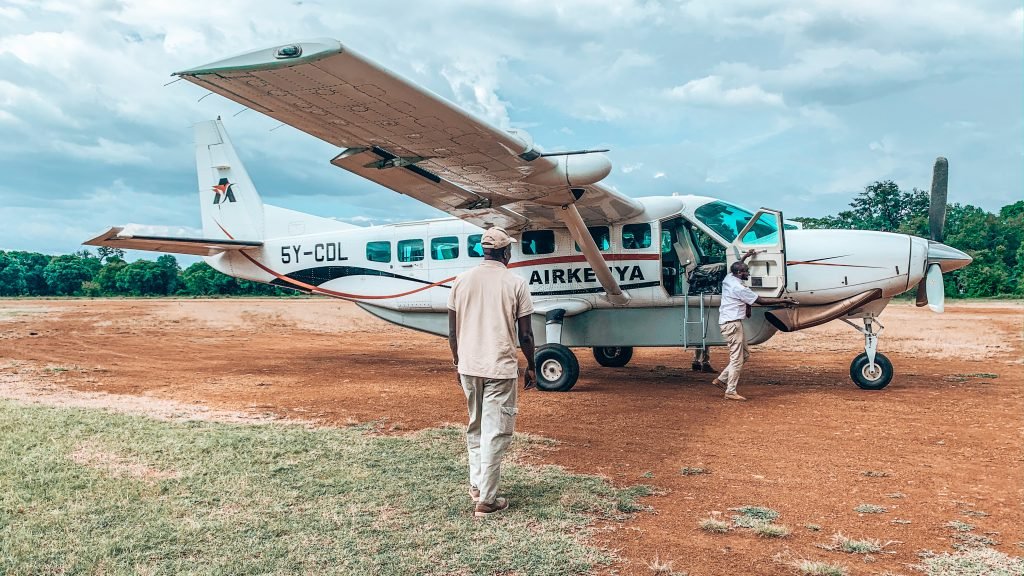
What suitcase am I taking?
It seems like a silly question but believe me when I tell you that it is not. The size and weight restrictions on luggage in most African airlines will make you have to think carefully about not only what to pack in your suitcase for the safari, if not also which suitcase or suitcases are the most suitable for your trip.
If your trip includes a journey between different nature reserves or small airports, you will have to adapt to the luggage limitations of the airline with which you fly.
In general in the areas of About África the limit of the airlines (as SkySafari) It is 44 pounds per person (or some 20 kg for us), including photographic equipment. While for areas of the East Africa the limit goes down to 33 pounds (some 15 kg). Some airlines also recommend that your luggage be soft to ensure that it will fit on the plane, So I recommend that you bring a backpack or soft hand luggage; thus avoiding the weight of the wheels of a traditional suitcase.
We travel with a backpack each with the necessary clothes for the safari days, and we left our large suitcase with the rest of things at the Nairobi airport storage room.
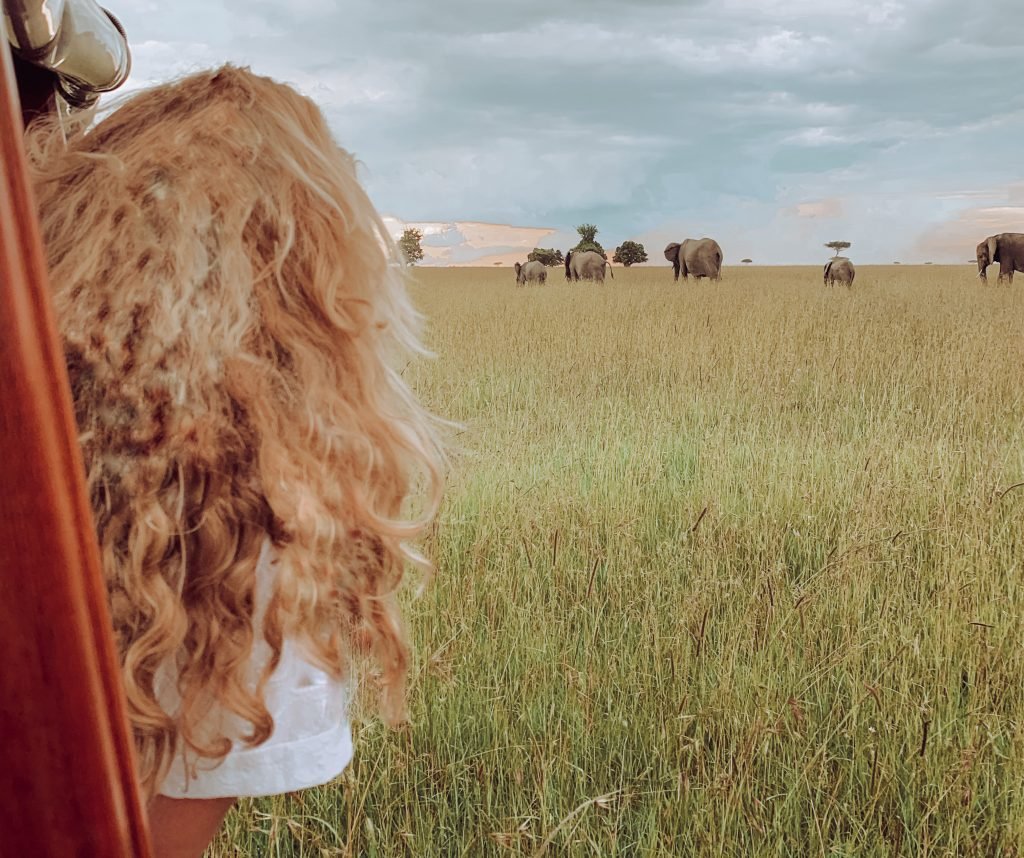
What NOT to take on safari:
- Both Kenya and Rwanda are polyethylene-free countries. For environmental reasons, plastic bags are illegal and therefore are not allowed to enter the country (including duty free plastic bags). I recommend that you bring a transparent toiletry bag to store the liquids that you carry in your hand luggage.
- Camouflage print clothing is not recommended for southern African regions. Military-style clothing is banned in places like Zimbabwe.
- Drones are not allowed in any part of East Africa.
- Jewelry. I recommend that you leave valuable jewelry at home, in Africa you will not need them!

Do you want a pdf list of everything you need to bring in your suitcase for a safari?. Subscribe here and you will receive it directly in your email.
I hope the post has been useful to you. If you still have any questions about what to pack for a safari, or any topic related to your trip, Do not doubt contact me and I will try to help you delighted.
You May Also Like

How to choose the perfect safari (for you)
May 5, 2020
Climb Mount Kenya (Mt. Kenya)
January 24, 2020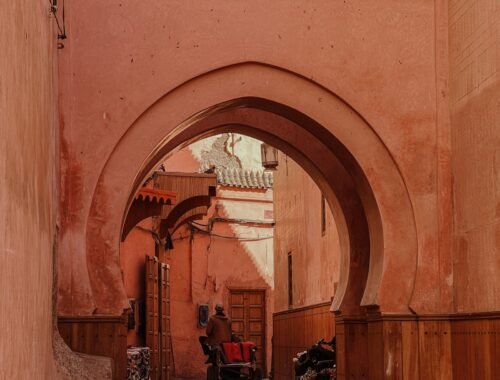



One Comment
Shoaib Khan
Superb Blog Thanks For Sharing Such an Amazing Post!
Shoaib Khan recently posted…Changing Colours Of Taj Mahal